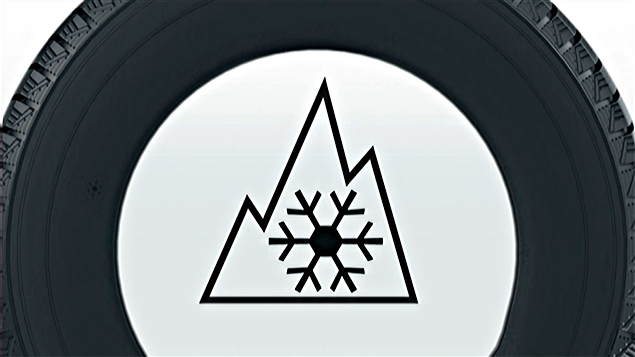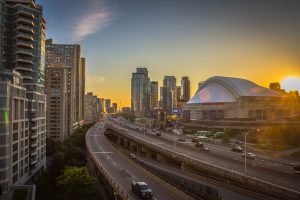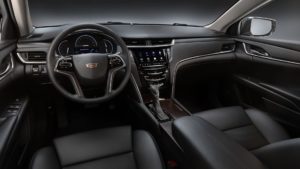Many people will be required to drive in Canada during their stay. Also, even if the Highway Code does not differ greatly from other countries, here is a short overview of things to know before getting behind the wheel.
General
- In Canada, driving is on the right side of the road, like in Europe. Likewise, seat belts are mandatory and cell phones are strictly prohibited while driving .
- To rent a car , you must be over 21.
- Most cars are automatic.
- Most roads and highways are free except Highway 30 (south of Montreal) and Highway 407 (north of Toronto).
- When driving in Canada, whether it’s parking, speed or otherwise, be careful. Indeed, the police are particularly severe and the fines are as salty as the roads in winter.
Driving in Canada, a bit of vocabulary
- Airbags = airbags
- Lights = traffic lights
- stop = stop
- 3 or 4 lane intersection = vehicle on left yields to vehicle on right
The Highway Code
Main traffic rules you need to know
- Attention, it is strictly forbidden to pass a school bus (the famous yellow buses) if the latter’s indicators are on and if its “stop” sign is displayed. In addition, regardless of the position of your car, you must stop more than 5 meters from the bus .
- Normally, there is no priority to the right in Canada when you come to an intersection. You must stop at the sign and the right of way will be for the first vehicle to arrive at the crossroads. Consequently, it is important to be attentive to the order of arrival of the vehicles, and to be respectful. However, if several vehicles arrive at the same time, it is the agreement between the parties concerned that prevails (hand sign to indicate to the others to pass for example). Be careful and move slowly through the intersection in case there is confusion.
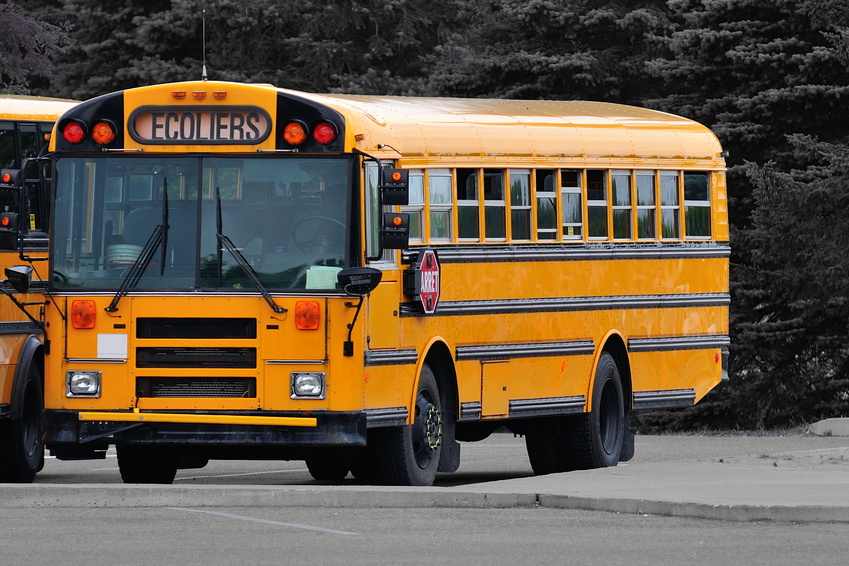 Speed limits
Speed limits
- Ville : 50 km/h
- Autoroute: 100 km/h
- Secondary roads: 90 km/h
- School zones: 30 km/h
Please note that checks are frequent and fines are high in the event of non-compliance.
Fires
- In Quebec (except Montreal), you have the option of turning right at a red light if necessary (unless a sign indicates otherwise). However, remember to mark the stop before you commit.
- Attention, here the lights are located in height and on the other side of the intersection to cross so remember to stop before and not at the foot of the light. To locate you, a line on the road marks the place where you must stop your vehicle.
- A flashing green light means you have priority over all cars coming from other directions.
- At a crossroads, if you come across a flashing red or orange light, stop , look right then left before entering.
- The green arrow means that you can only drive in the direction indicated by it . Pass only after verifying that no pedestrians or vehicles are engaged. If you want to go in a direction other than the arrow, you will have to wait for the light to turn green.
- In the case of a crossroads with 4 stops , it is the first to arrive and so on. There is no priority to the vehicle on the right.
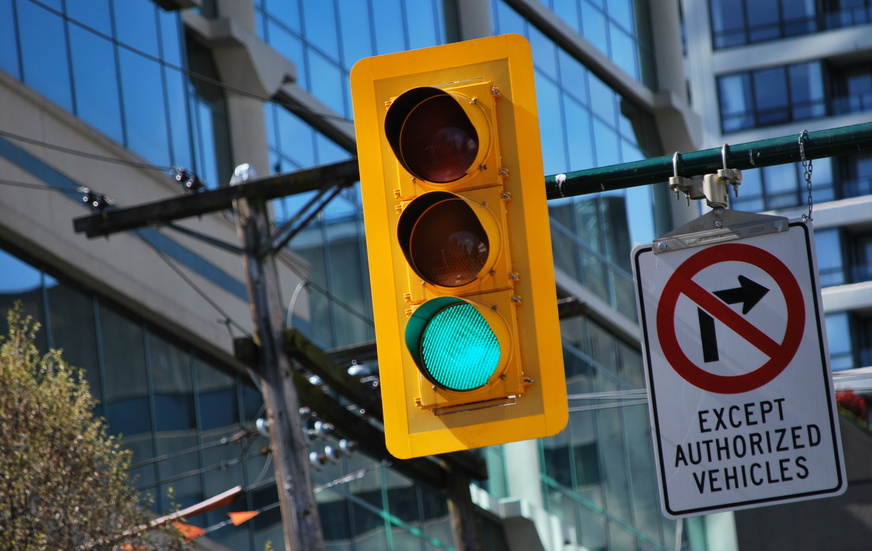 Parker son char
Parker son char
Payment terminals allow you to pay for parking time and are quite expensive (up to $15 a day in the main big cities). Also, remember to watch the parking hours carefully so as not to be fooled. For example, there may very well be a bollard indicating that it is forbidden to park there at a specific time. If you don’t check, the fine can be painful. Also note that authorized parking hours may vary from day to day.
It is forbidden to park in the opposite direction of traffic and near a fire hydrant.
L’essence
Driving in Canada is more affordable than in Europe. Gasoline costs much less, the average price in Quebec, for example, is 129.6 cents/litre (September 2018 rate).
To get the price of gasoline depending on where you are, go to the Canadian Automobile Association website or the government website .
When you buy a vehicle, consider asking how much it consumes because it can make a big difference. Especially if you plan to cover large distances.
Good to know: prices are generally lower at the beginning of the week , also cheaper on the motorways than in urban areas.
Driving in Canada in Winter
The particularly harsh conditions of the Canadian winter lead to pronounced and rapid road wear . Therefore, driving in Canada requires caution, whether you are in the city, on the highways or in rural areas. Pay particular attention to the many potholes on the road.
- It is essential to check the weather and traffic conditions before driving. Indeed, if they are really bad, it is better to play it safe and delay your departure by a few hours/days.
- Check that the tank containing the liquid to clean the windshield is full and that it is suitable for withstanding extreme temperatures (down to -40 degrees). Indeed, the windows get dirty quickly with winter conditions.
- Regarding gasoline , it is strongly recommended to have your tank half full in case of low temperatures.
- Don’t forget to properly defrost your car , a task that can take a lot of time depending on the conditions, not to mention snow removal!
- Be sure to turn on all your headlights in case of reduced visibility and leave a good space in front of you in case of unexpected braking.
- According to the law in Quebec , the installation of winter tires is mandatory between December 15 and March 15 . Since December 2014, the latter must also bear a special pictogram (see below) or be fitted with studs in accordance with the “Regulation respecting the use of anti-slip tires on the tires of certain vehicles”.
- Pay attention to parking in town during snow removal operations because it may then be prohibited to park in certain streets . Find out before.
- Some essential accessories: a squeegee, a shovel, lighter/matches, a blanket, a flashlight, warm clothes (gloves, pair of socks, hat, coat).
You will find tips for driving in Canada during the winter season on the government website .
In the event of an accident
If you collide with a pedestrian or another vehicle, immediately call 911 (emergency number). It goes without saying that fleeing the scene of the accident constitutes a serious offence.

